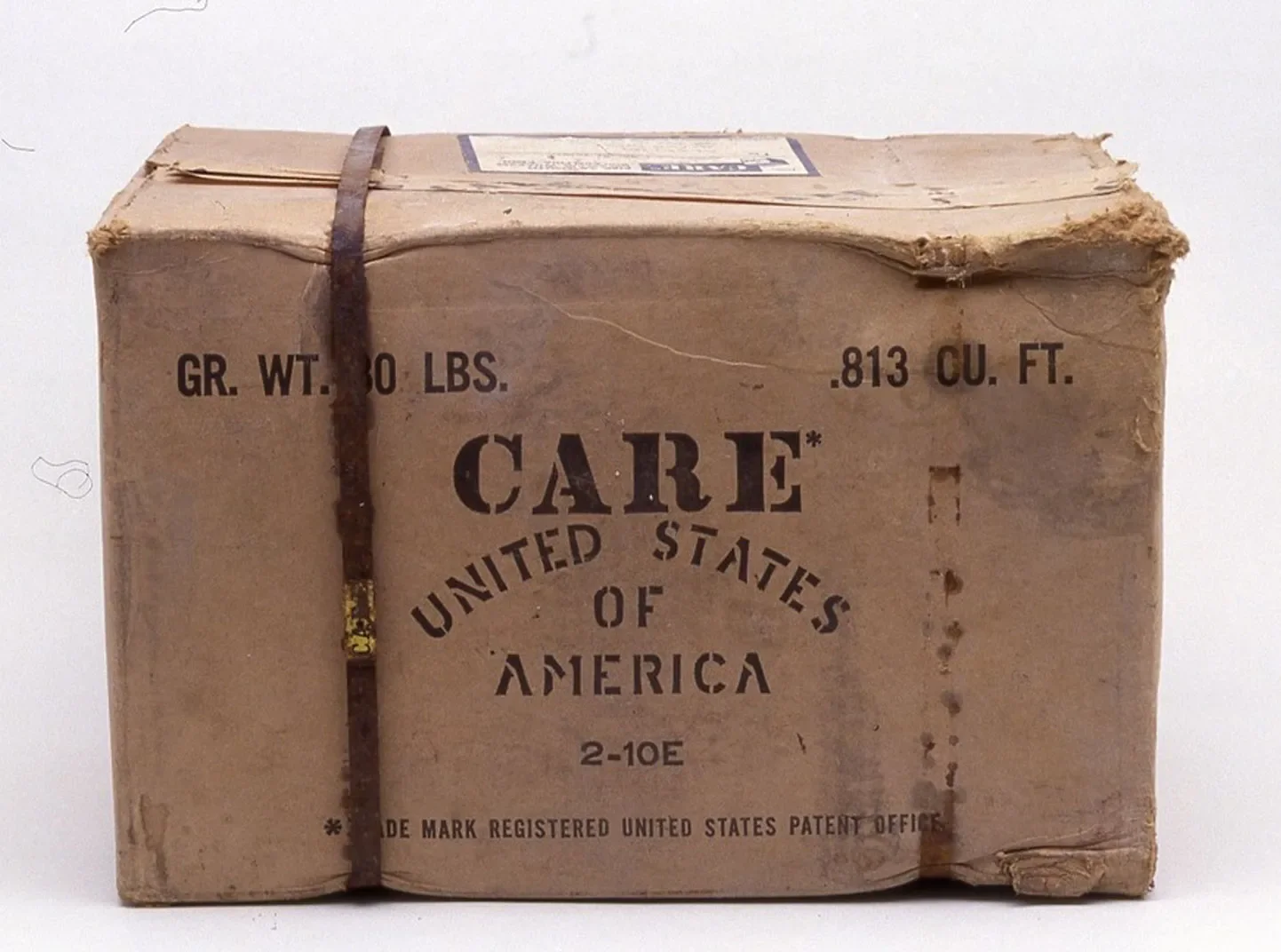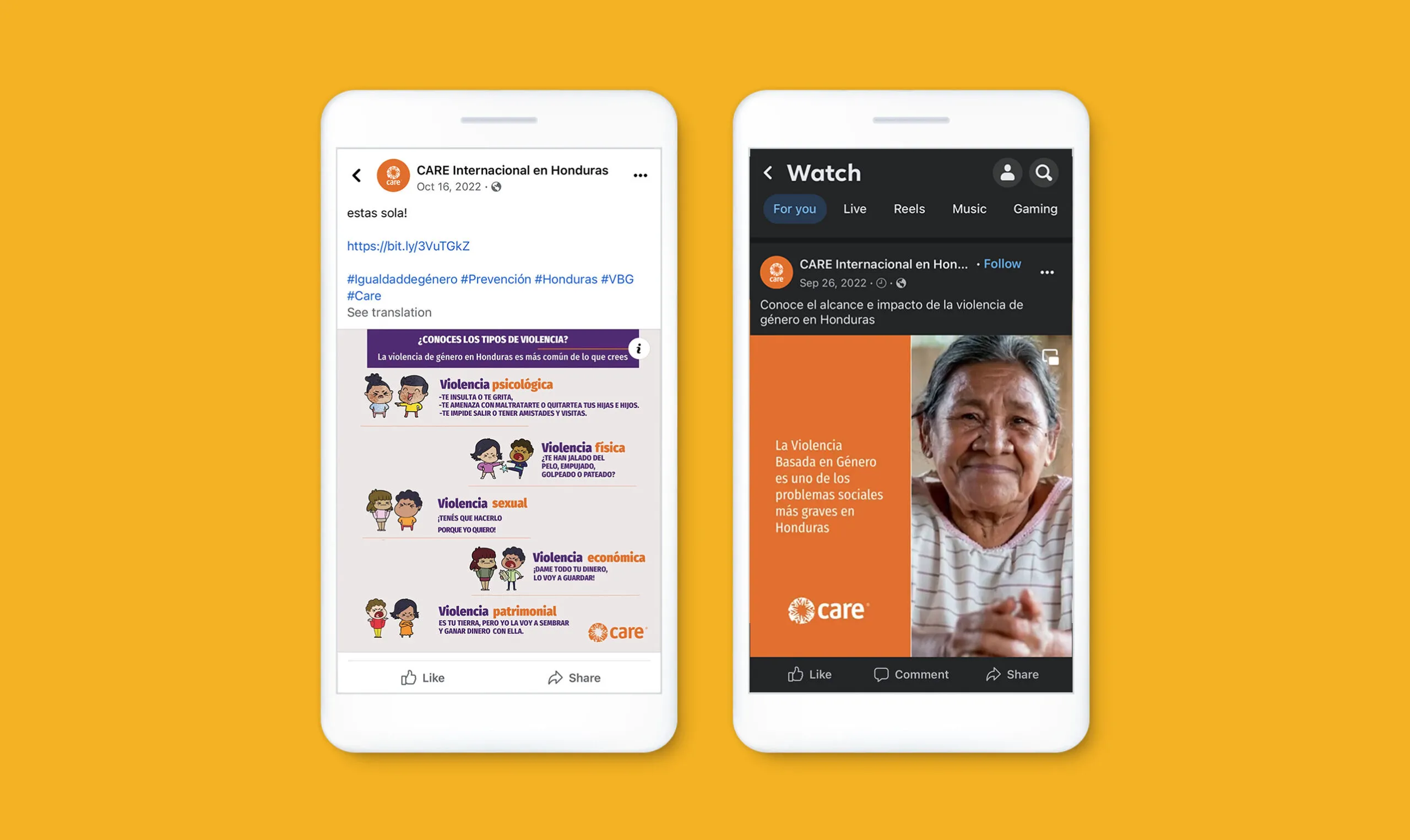With 6.2 cases of femicide for every 100,000 people, gender-based violence (GBV) is one of Honduras’ most serious social challenges. According to a USAID report, 50% of women in western Honduras reported having experienced GBV, with the most frequent form being emotional violence.
To raise awareness about and shift social norms around GBV, CARE Honduras, in partnership with Meta, ran a six-week digital social and behavior change communication (SBCC) campaign in 2022. The campaign, which ran from October to November, tested ads that emphasized the severity of GBV in Honduras and its different manifestations.
TL;DR?
- To address the rampant social issue of gender-based violence, CARE Honduras ran a social media-based ad campaign that raised awareness about the severity and forms of GBV.
- The campaign was effective in driving intent to action, with approximately 54,000 additional people expressing interest in volunteering or funding awareness-building about gender-based violence.
- CARE Honduras drove the highest intent to action in non-affluent regions compared to similar GBV campaigns that ran in Ecuador and Guatemala at the same time.
Creative
Brainstorming a creative plan began with a social listening exercise conducted by Data for Good at Meta team to understand current knowledge, behavior, and attitudes towards GBV in Honduras. CARE Honduras’ ad campaign consisted of a series of static graphics as well as short vertical videos optimized for Instagram Reels and Stories, which were designed based on insights from the social listening report.

